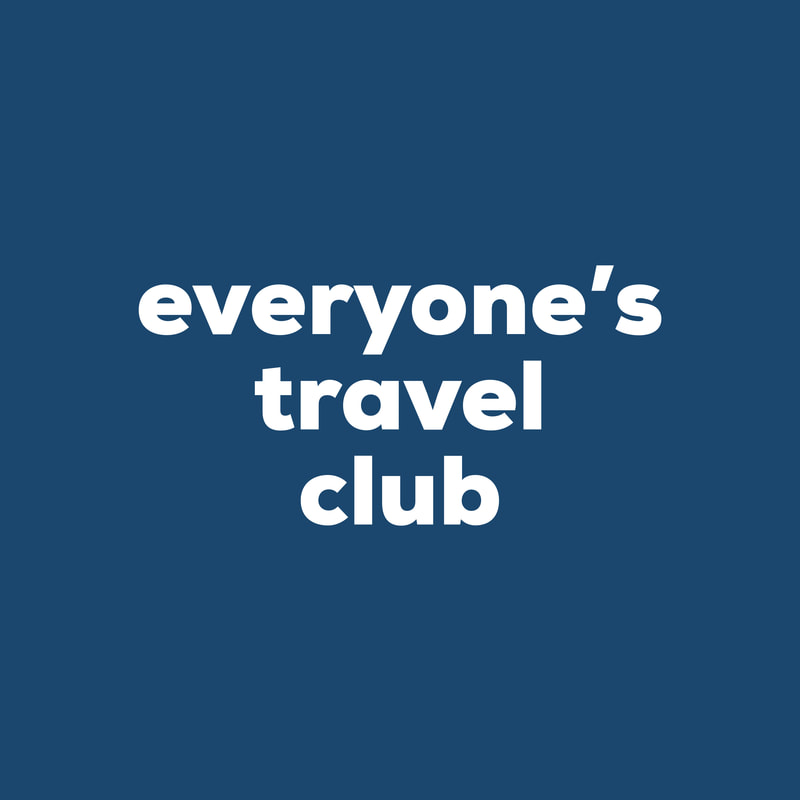|
Lately we've been exploring some of the many parks scattered along the coast of Washington's Puget Sound. We like to visit them in the offseason (it's winter around here), mainly because they're usually free of crowds & traffic. It also helps us out for the upcoming summer - we know where to go, where to park, where to launch a kayak. Also, when I can, I like to see future paddle trips from the land first, it's helps orient things when I'm on the water. When we get home from a day out, I eventually download all of the pictures from the adventure, delete the blurry ones, edit, delete, import, export, move to this app, move to that one, upload, and download. Once I have the pictures organized in article format, I start researching where we've been. That's right. With most park visits: I research after we get home. Now, not all trips are like this - paddling & sailing trips are way different. We check the tides, check the currents, check the weather, check all kinds of stuff. With park visits it's sometimes nice going in ready to hike, ready to learn, ready to take pictures, ready to get lost, but not exactly knowing what's going on. With this in mind we set out for the Nisqually National Wildlife Refuge. Located just off I-5 between Tacoma and Olympia Washington, the refuge is a protected estuary formed by the freshwater of the Nisqually River & McAlister Creek emptying out and meeting the saltwater of the Puget Sound. The Nisqually Delta is biologically diverse - animals all over the place - and is heavily influenced by the tide. I could tell this from the map - the refuge is a giant green spot. From paddling the Skagit & Stillaguamish river deltas I could kinda imagine what it would be like. You can see the refuge in the map below. Just follow the signs off of I-5 to get there, the 'A' on this map is a boat ramp (discover pass required), adjacent to the reserve, suitable for launching a kayak and paddling up McAlister Creek (most of the actual refuge is off limits to boats). When you arrive at the refuge there is a $3 parking fee and lots of spots (I'm sure it gets crowded on the weekends in the summer). There is a nice visitor center & restrooms. There are a few trail choices - about the most you can go is the 4 mile roundtrip boardwalk trail, it's sort of an out and back. Since the tide is in and out a couple times per day, the Washington Fish & Wildlife department worked to build the boardwalk that takes you out to the far reaches of the refuge. Informational boards are around to give you an idea of what exactly is going on with the thousands of migrating birds, various mammals, amphibians, and reptiles that live and/or frequent the area. From a paddlers point of view, most of the area is off limits to boats (that includes kayaks). The picture below of a couple canoeing is from McAlister Creek - located adjacent to the refuge. A nearby boat ramp gives great access to the creek. Personally, I'd wait until waterfowl hunting season is over to paddle around here just to be safe…or at least wear some orange? The season in WA usually happens October-ish to February-ish. Here's a link with more info. That about covers the facts, what did I uncover post-visit about the history of the place? Well, let's start out with a shout-out to the Nisqually Tribe who have lived & fished salmon on the Nisqually River for…wait for it…thousands of years. (the river starts miles away on the south side of Mt. Rainier, otherwise known as Volcano Rainier). Just step back and think about that for a minute. Thousands of years. Enter the white man in the mid 18oos and a treaty that was eventually signed between them and the Nisqually tribe. Actually, we are pretty sure that Chief Leschi (Leschi neighborhood of Seattle anyone?) of the Nisqually didn't, or at least didn't want to, sign this treaty - called the Medicine Creek Treaty (P.S. Medicine Creek is now called McAlister Creek - the one in the picture above with the canoeing couple). At any rate, the tribe was relocated and the white man obviously settled. There's also now a military base on part of the tribal land. I think we can, if anything, at least know and respect this history while playing/walking/taking pictures/kayaking/hunting on the Nisqually. That's a wrap! We highly recommend checking out the Nisqually National Wildlife Refuge. Take a lunch - there are plenty of tables for a break. Take a zoom lens for your camera & binoculars too. Word on the creek is there are snowy owls there right now!
Check the tides before you go if you want to see the mudflats (mudflats sometimes = better birding). If you want to kayak near the reserve, use the boat ramp adjacent to the park (the map at the beginning of this post). When you're there, imagine the thousands of years that people have lived on this delta & river…amazing stuff. Oh ya, if you see one, don't kiss the poisonous newts. ~Paul & Amber ETC
0 Comments
Looking for a nice paddle to get your heart-rate up, burn some calories, test your mind? Here's one for you - a paddle in the heart of Seattle WA, from Madrona Park to Luther Burbank Park on the Northern tip of Mercer Island. This Lake Washington trip took us about 2 hours roundtrip, involved some more open water paddling, and gave us great water views of the Northwest. It all starts with some free street parking and a little bit of a rogue put-in (map below for location). You see, for some strange reason, Seattle city beaches (like the nearby Leschi) don't allow you to put in a kayak in the summer. Luckily they aren't there the other 10 months of the year so launching is easy, but in the summer they shoo you away. Hence our launch site for the Leschi area - at the intersection of Madrona Dr and Lake Washington Blvd, just north of Madrona Park (pictured above and below). Our destination is a great little sandy beach, a diagonal straight-shot on the map above, to the northern tip of Luther Burbank Park on Mercer Island. See sandy beach below. The paddle took us an hour each way, mainly because we went straight across the lake. The advantage to this is, and always is, if you paddle as the crow flies you'll get to your destination faster (unless it's crazy windy or there are tides, or sharks, or something else to slow you down). The disadvantage to this method on this paddle is that you will be far from land on most of the paddle - this can get boring (remember how I said it would test your mind in the intro?) and could be trouble if you flipped or had a boat malfunction...but, as always, prepare and be careful out there and you'll do fine.
~Paul & John ETC Everyone's Travel Club took a little trip in Seattle's local lakes - paddling from the Center for Wooden boats on Lake Union to the Leschi marina on Lake Washington. The trip took about 2.5 hours (oneway) via inflatable kayak with my typical pace of paddle, take picture, paddle, take picture, etc. This route passes by some great boats and gives you awesome city views. You're also paddling where natives have for centuries - what we call the cut (between the two lakes) used to be called something to the effect of "carry a canoe" (due to the fact that water wasn't always flowing between the two lakes, only when Lake Washington overflowed). I guess the bad part of the trip was parking, or lack of free parking except Sundays near the Center on Lake Union, and also, I don't think the Center for Wooden Boats technically has a kayak boat launch...I went a little rogue and launched quick off one of their docks (nobody seemed to mind). Does anyone know of a good spot to launch around there? [update from 2011 - there's a great launch on the South side of the lake in the new park] Houseboats! Coming through the Montlake Cut. Arriving at the Arboretum... Boom, done. Leschi Marina on Lake Washington - made it. ~Paul ETC
|
Follow us on Twitter and receive updates when we post (click the birdie).
Archives
March 2014
|
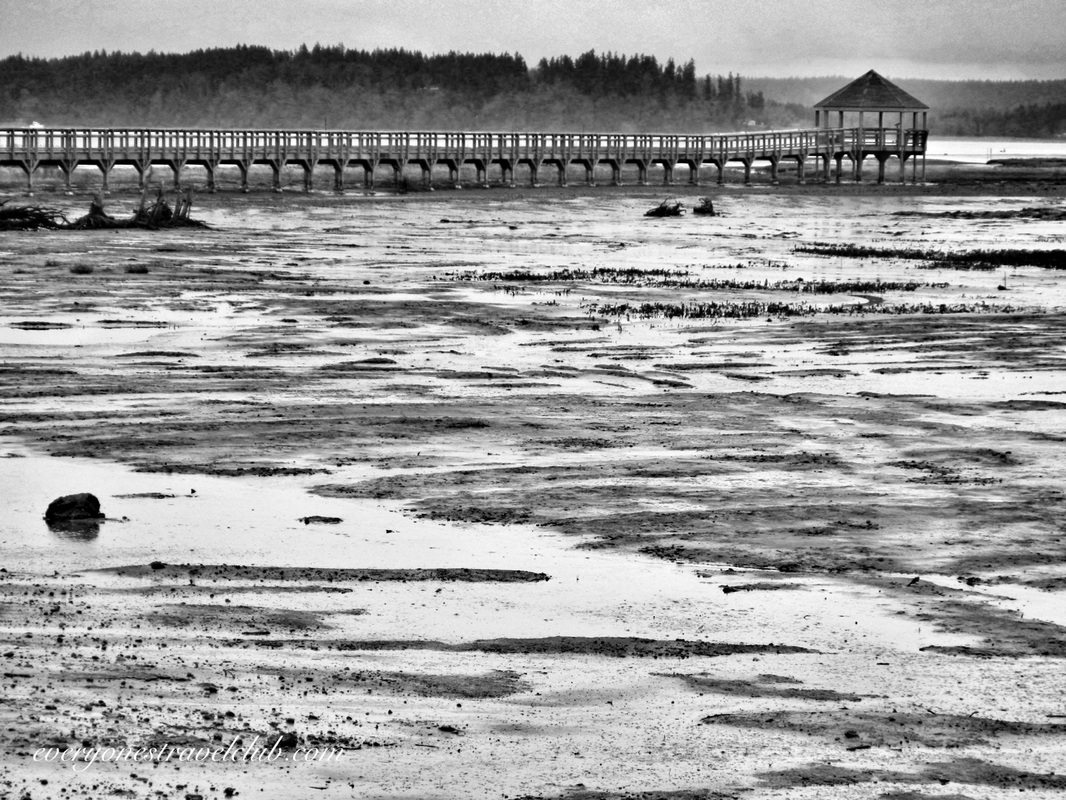
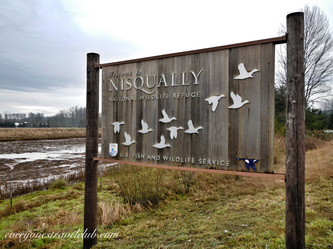
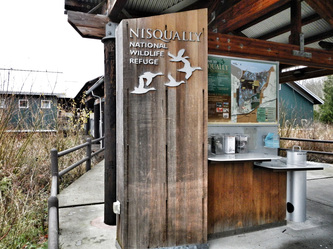
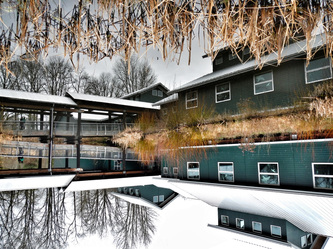
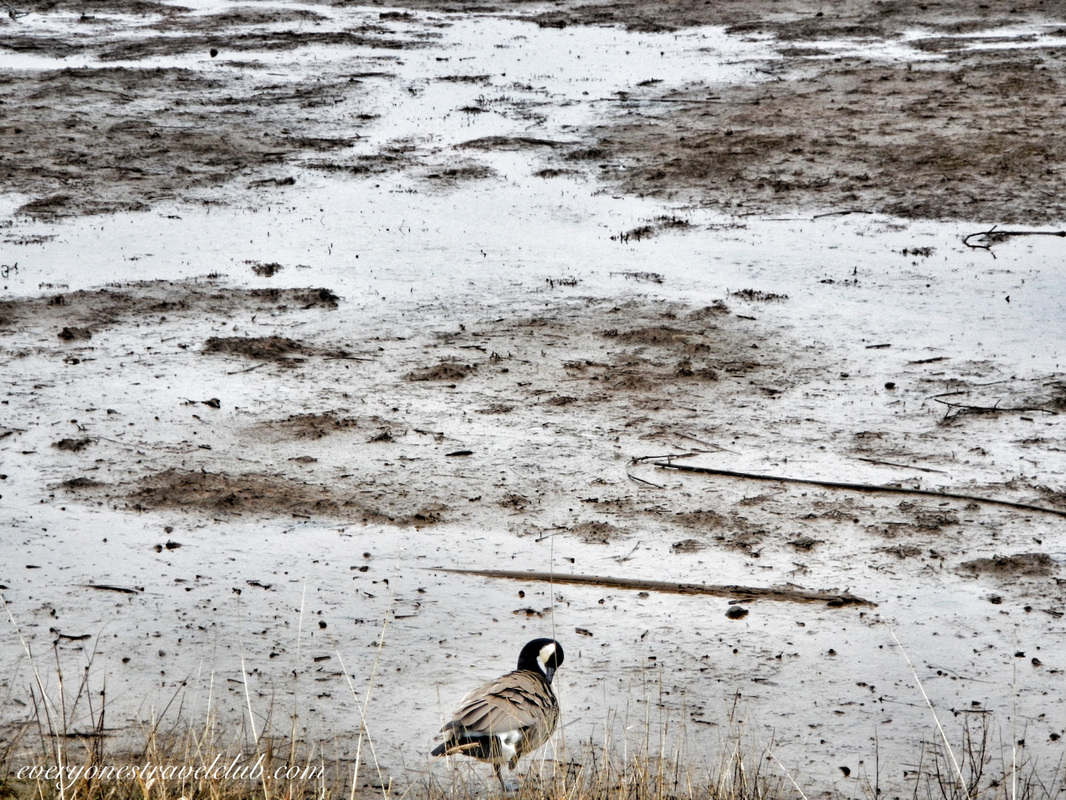
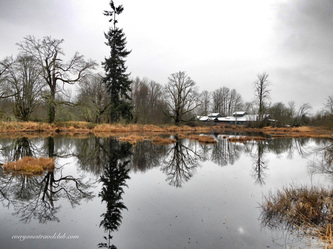
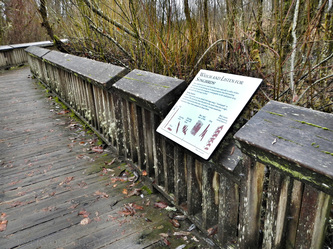
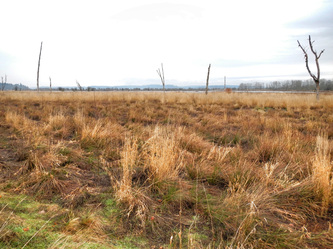
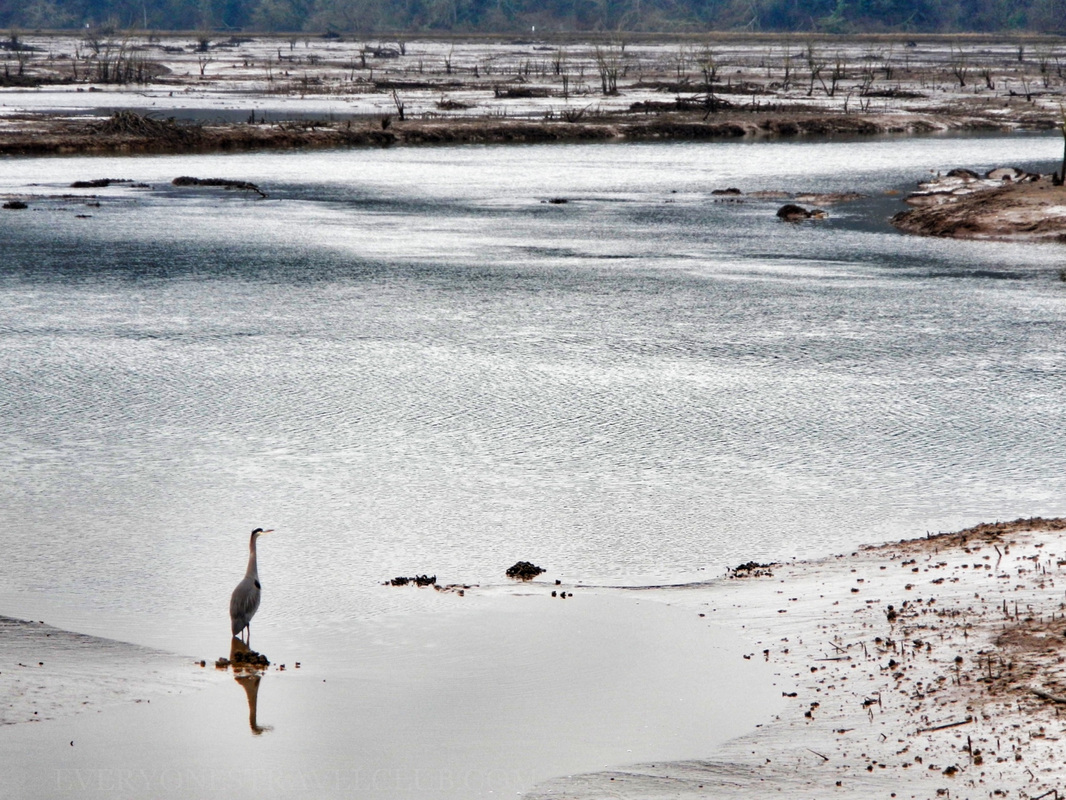
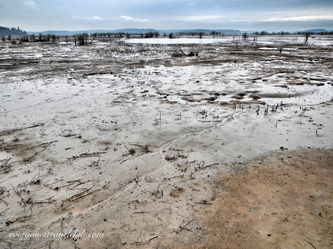
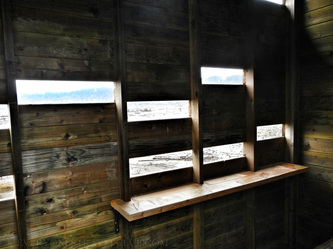
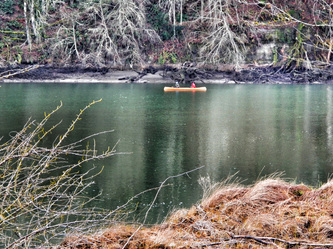
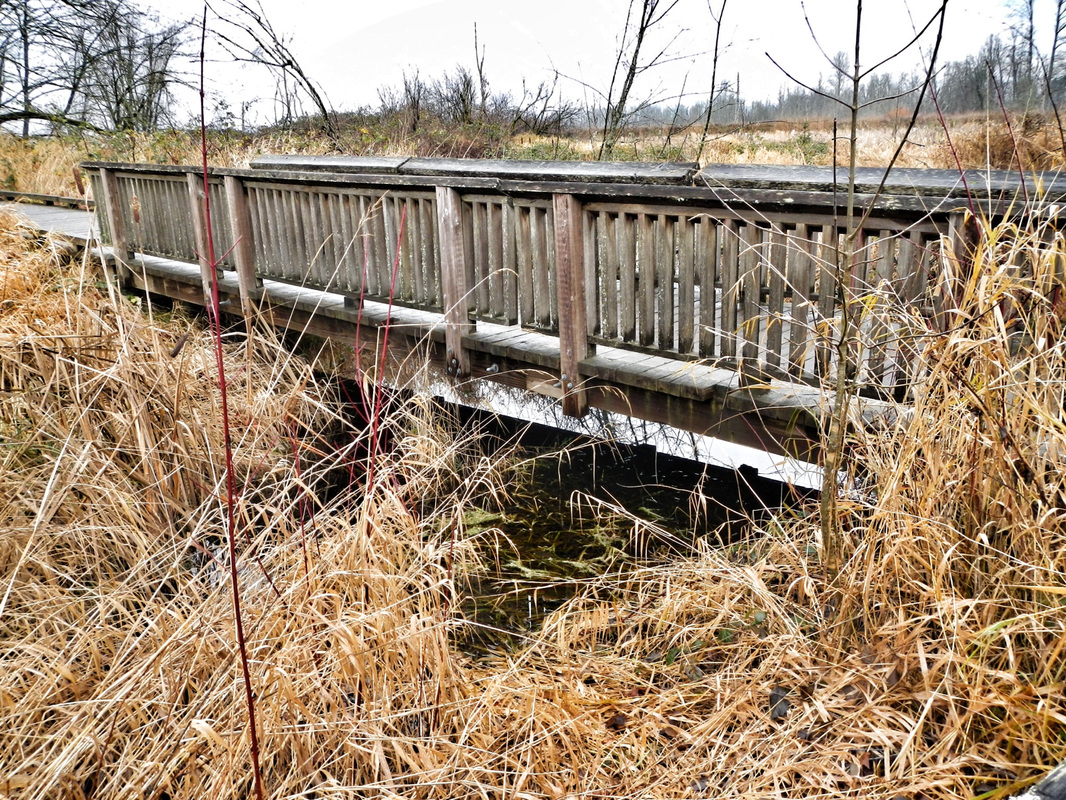
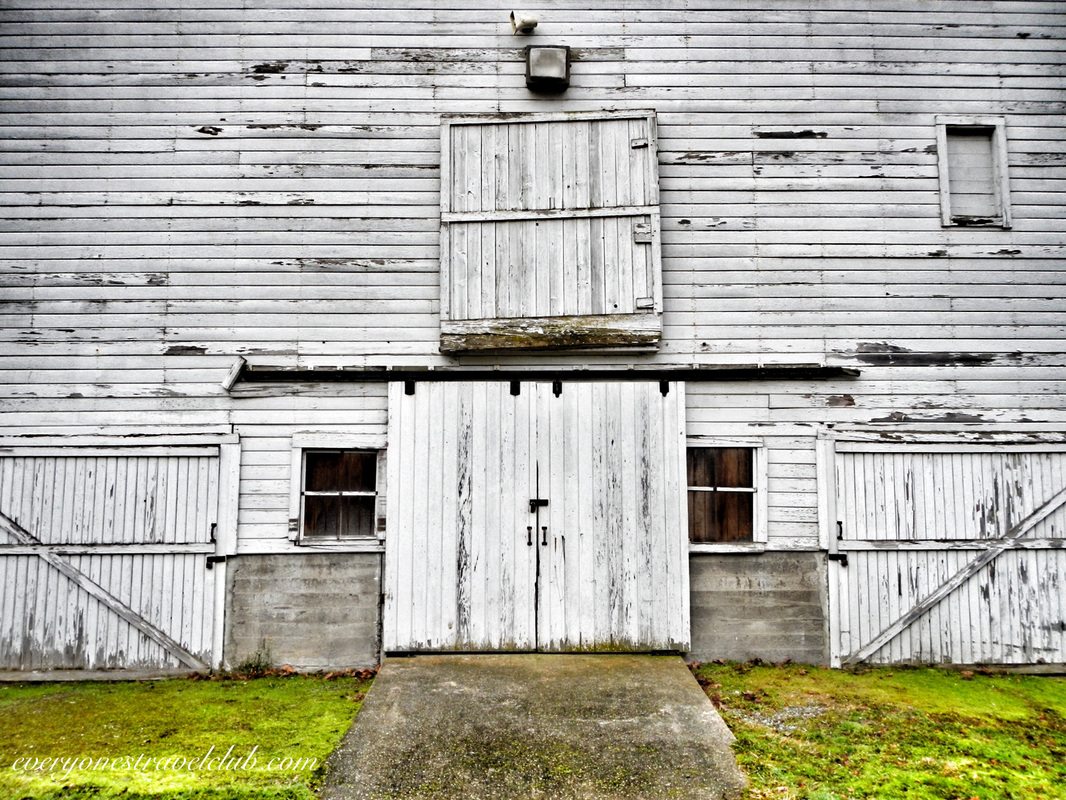
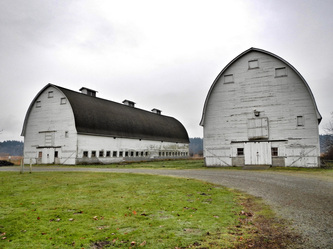
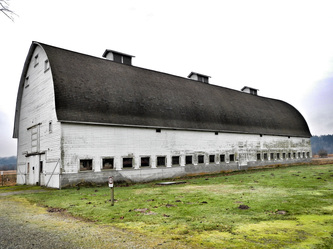
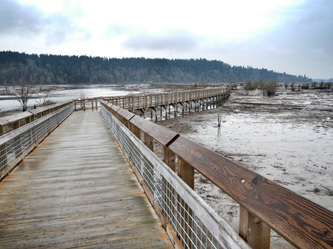
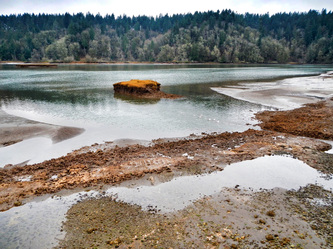
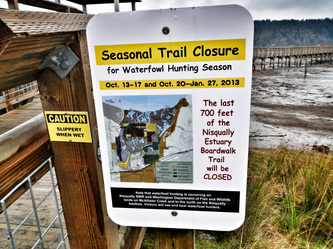
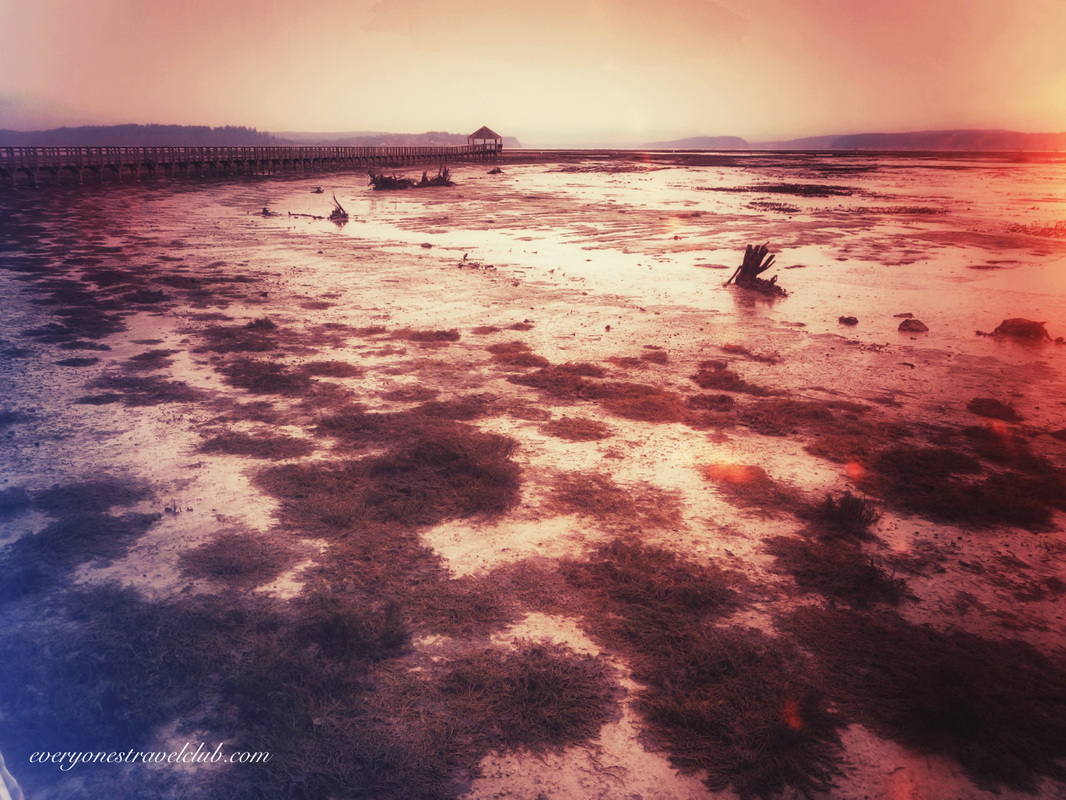
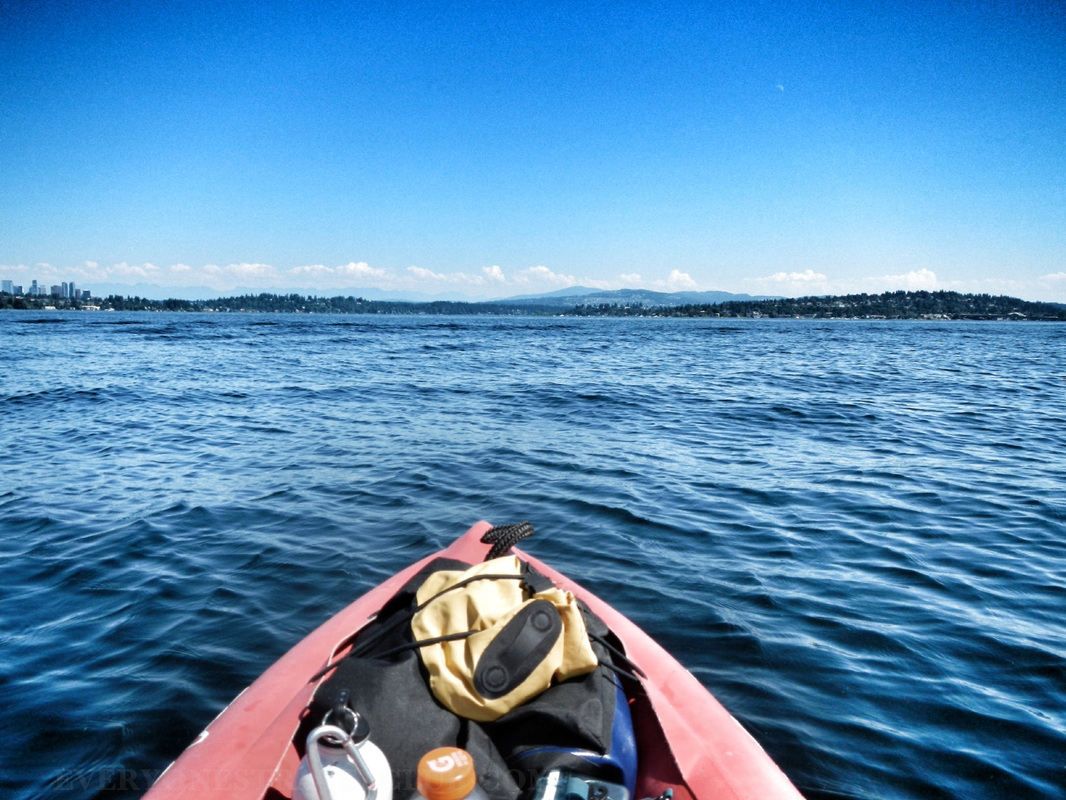
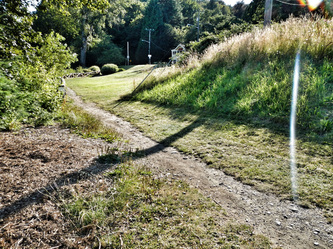
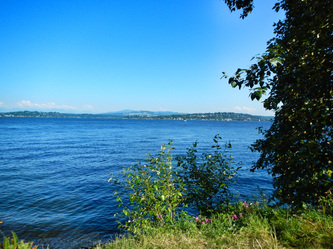
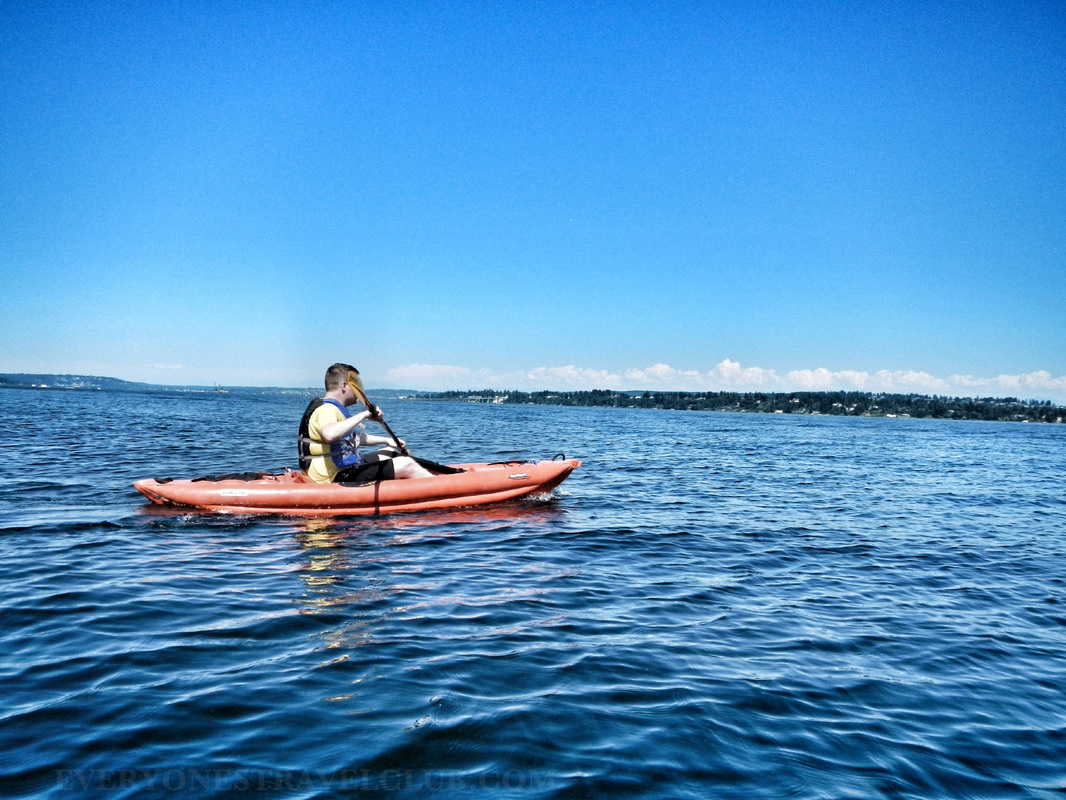
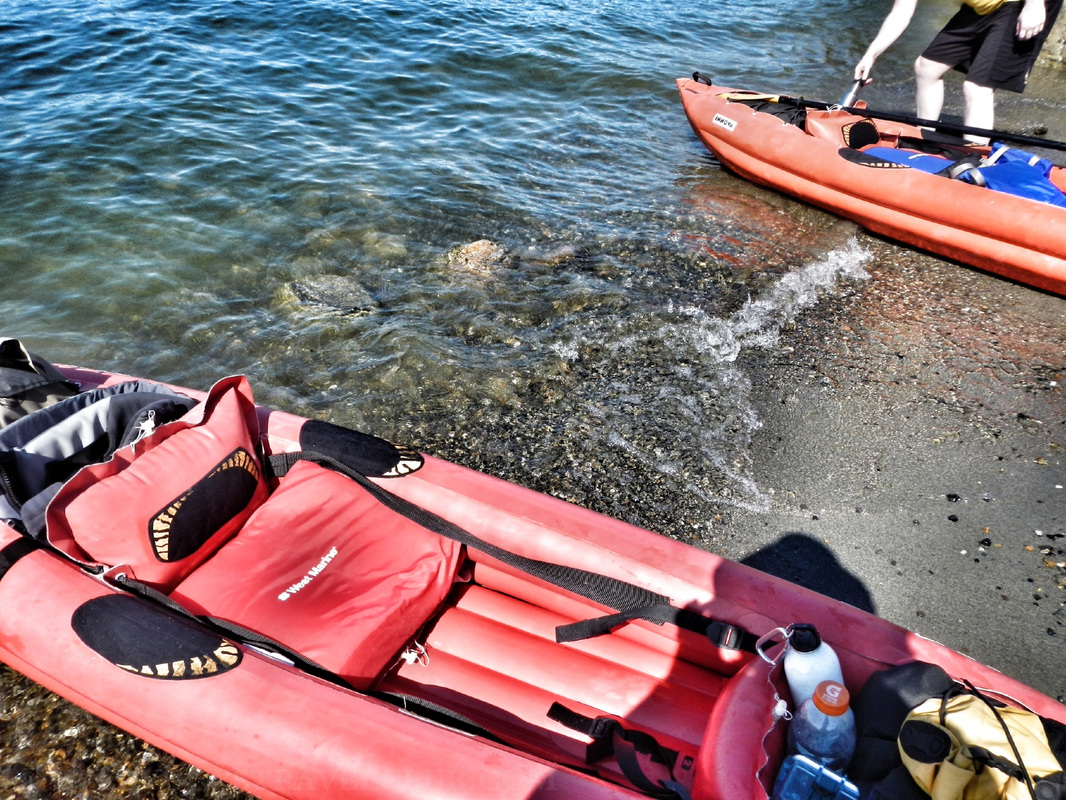
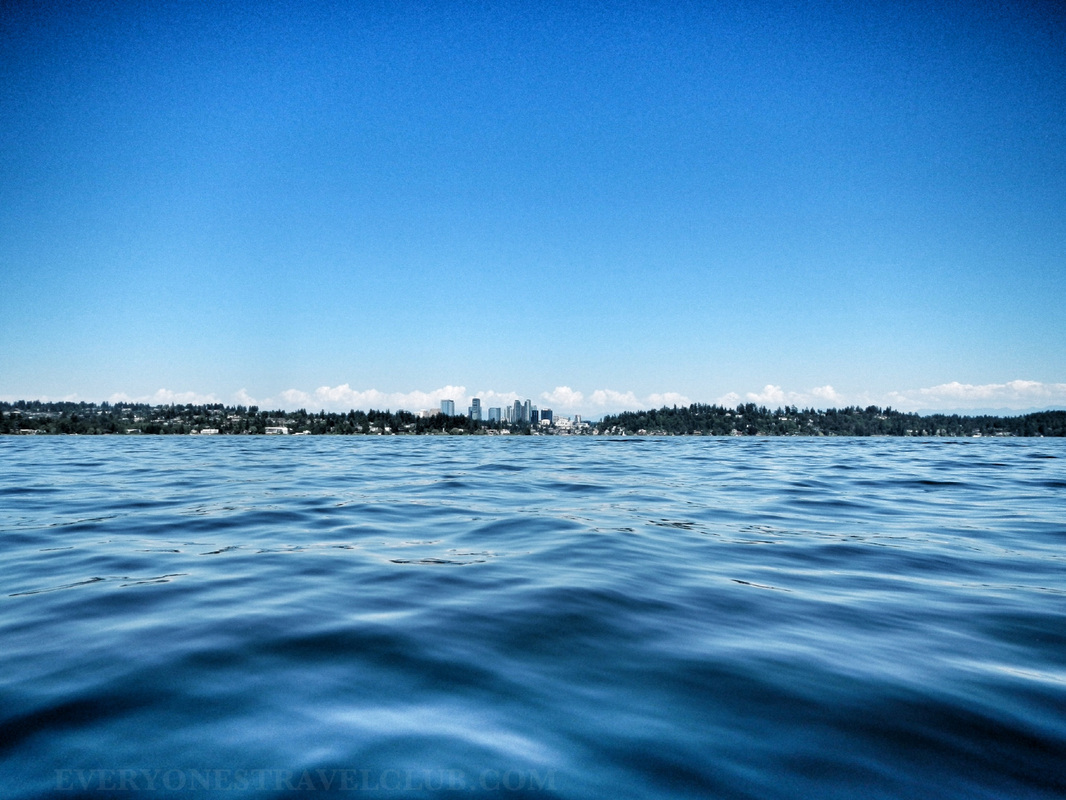
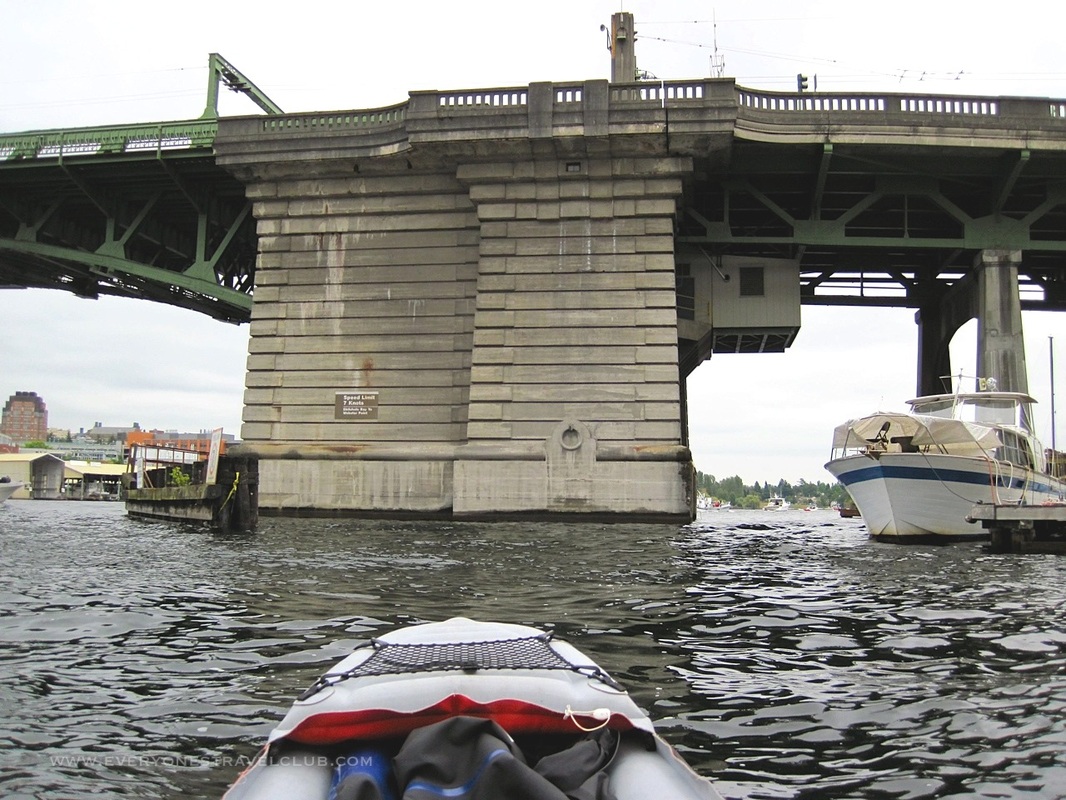
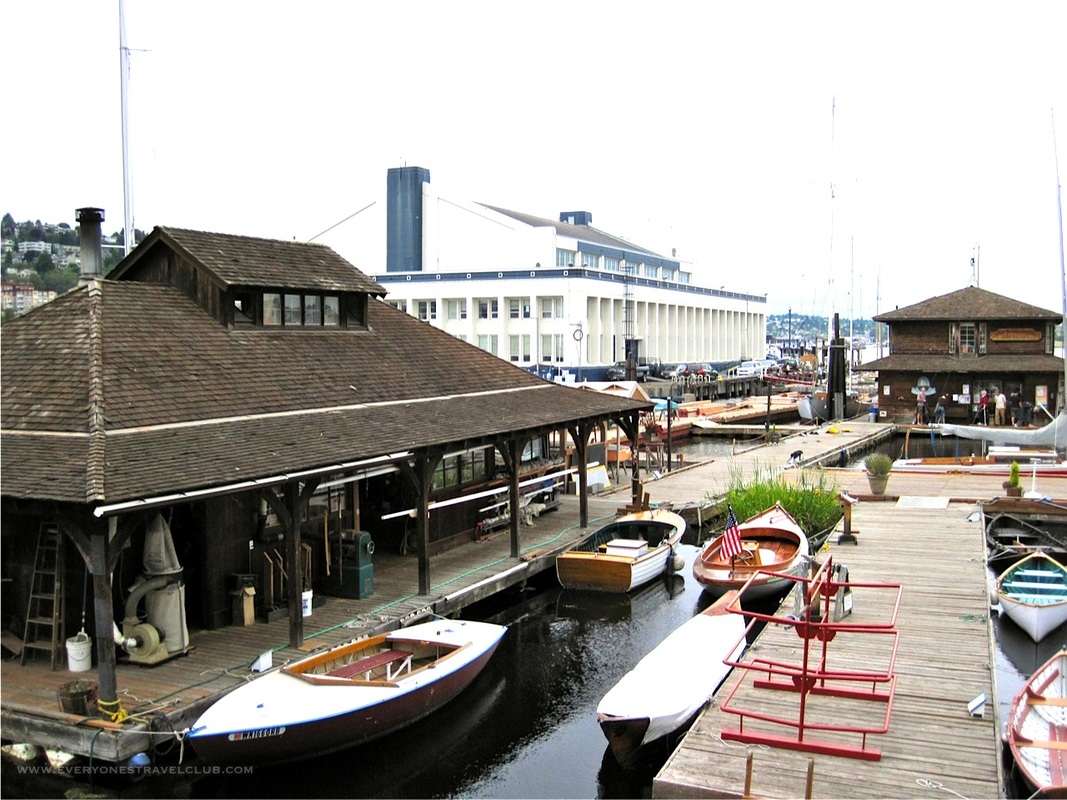
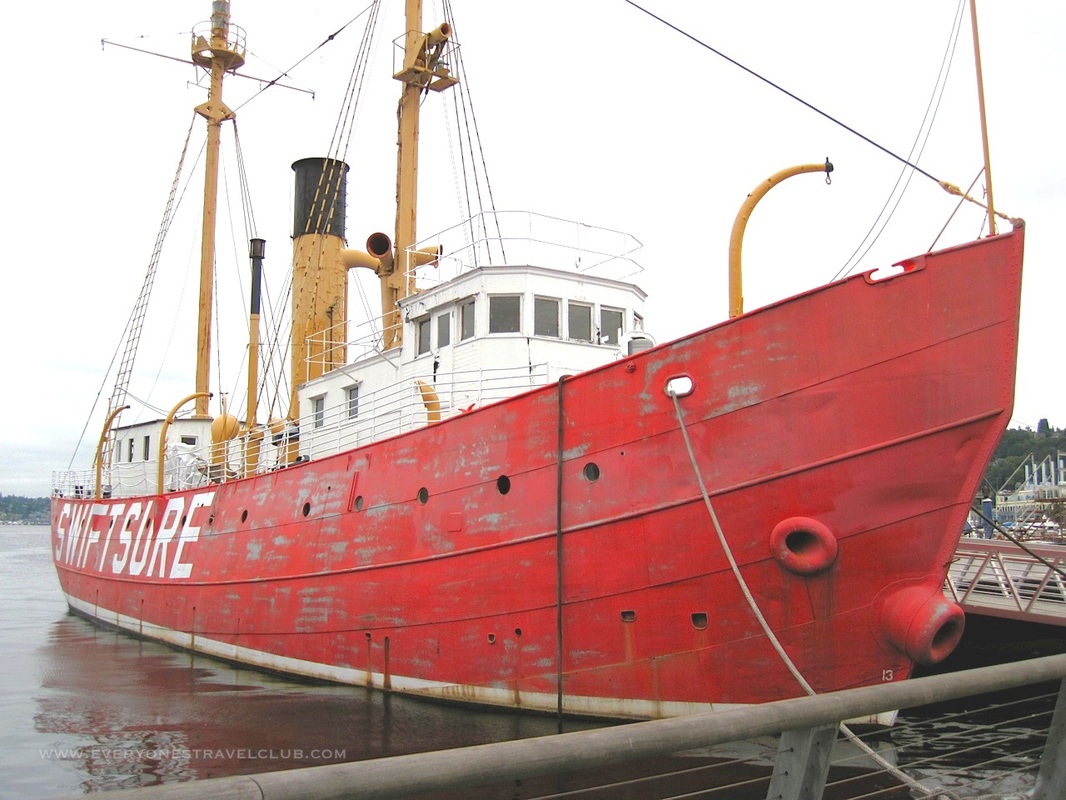
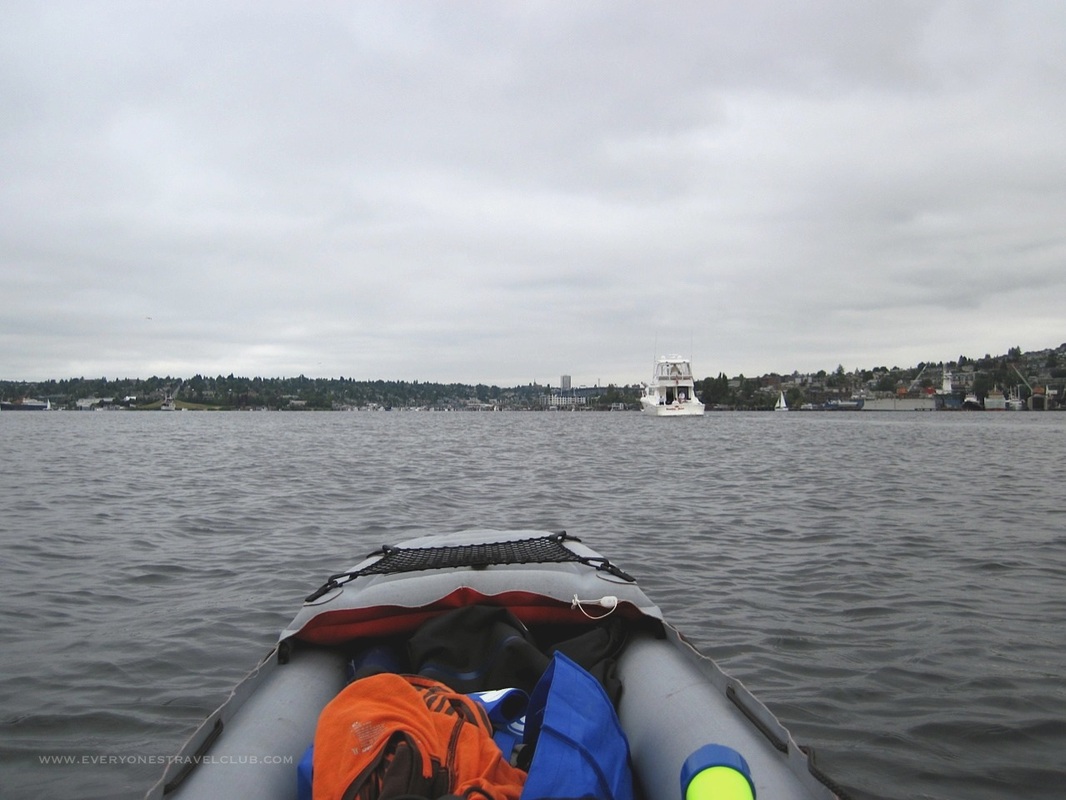
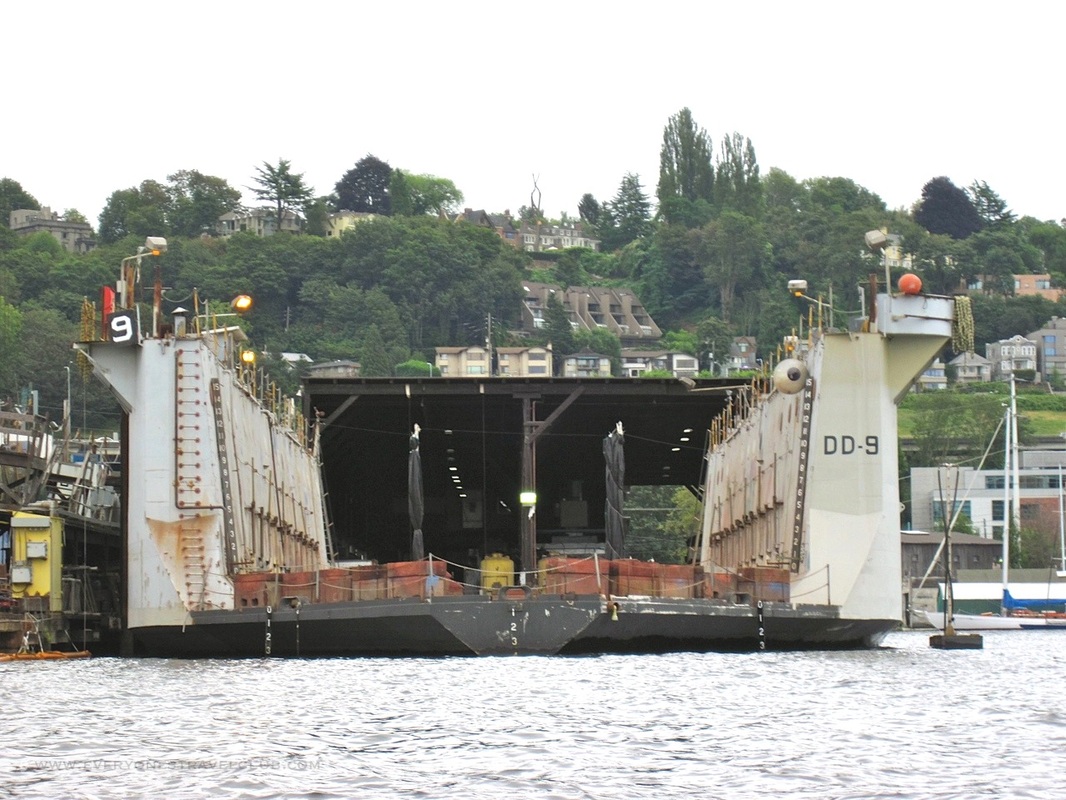
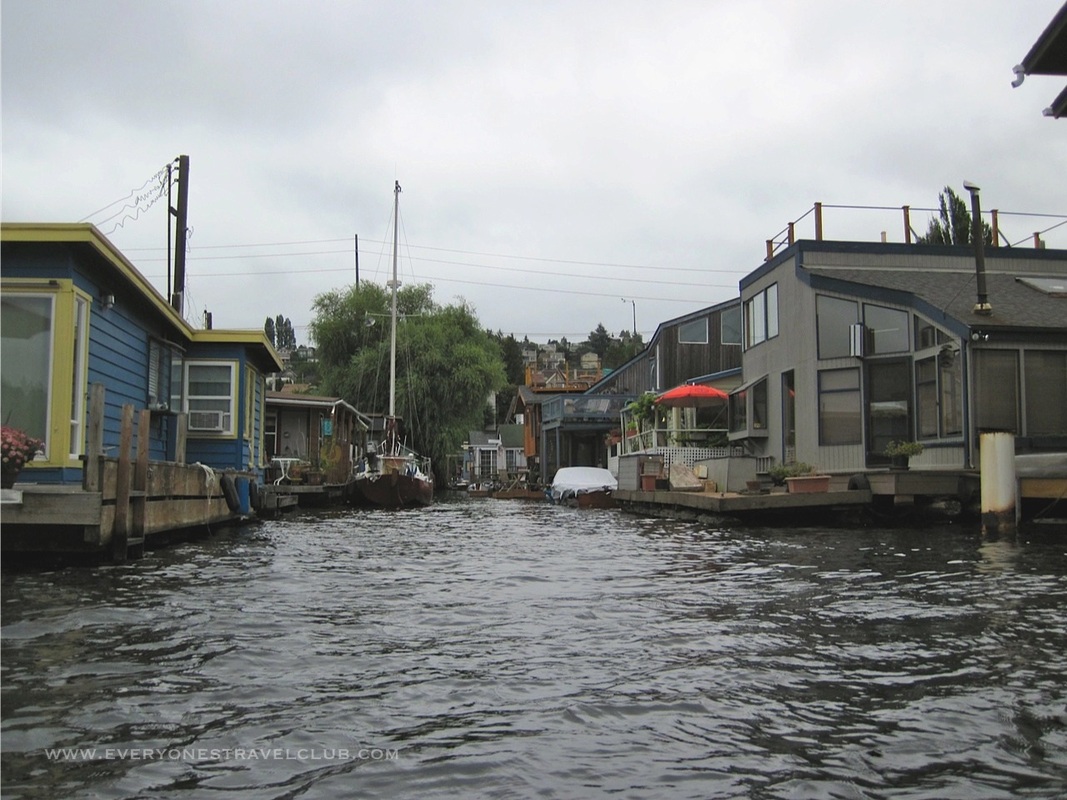
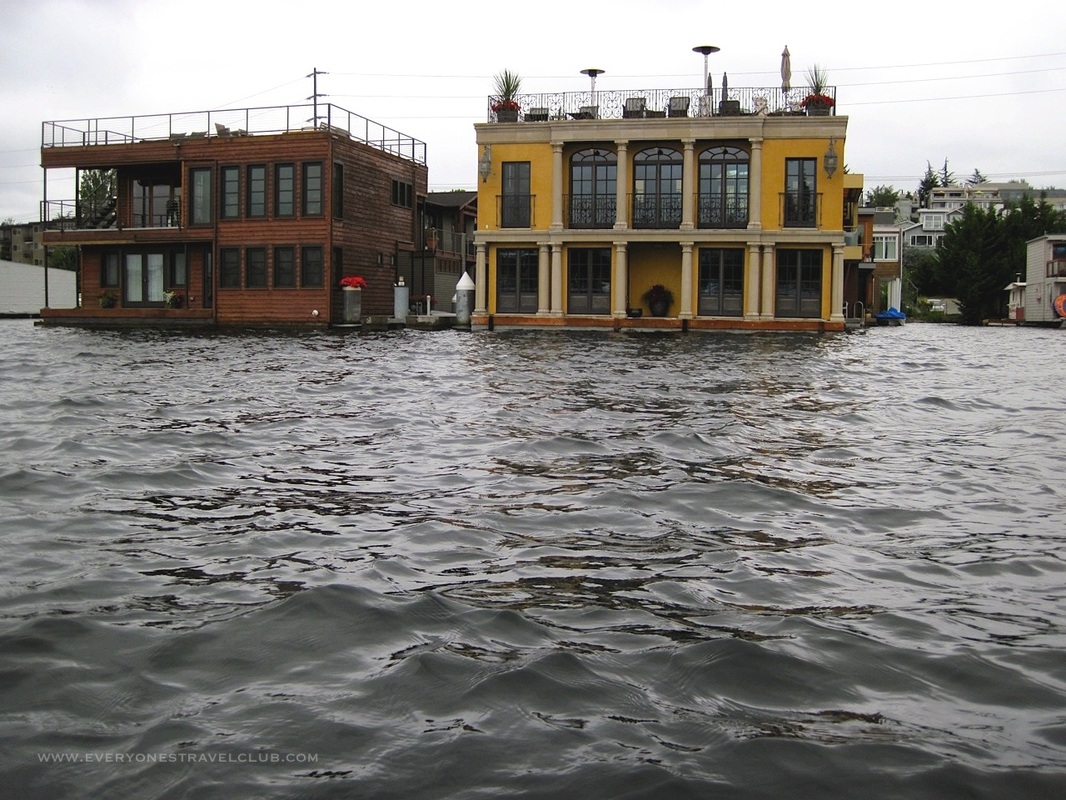
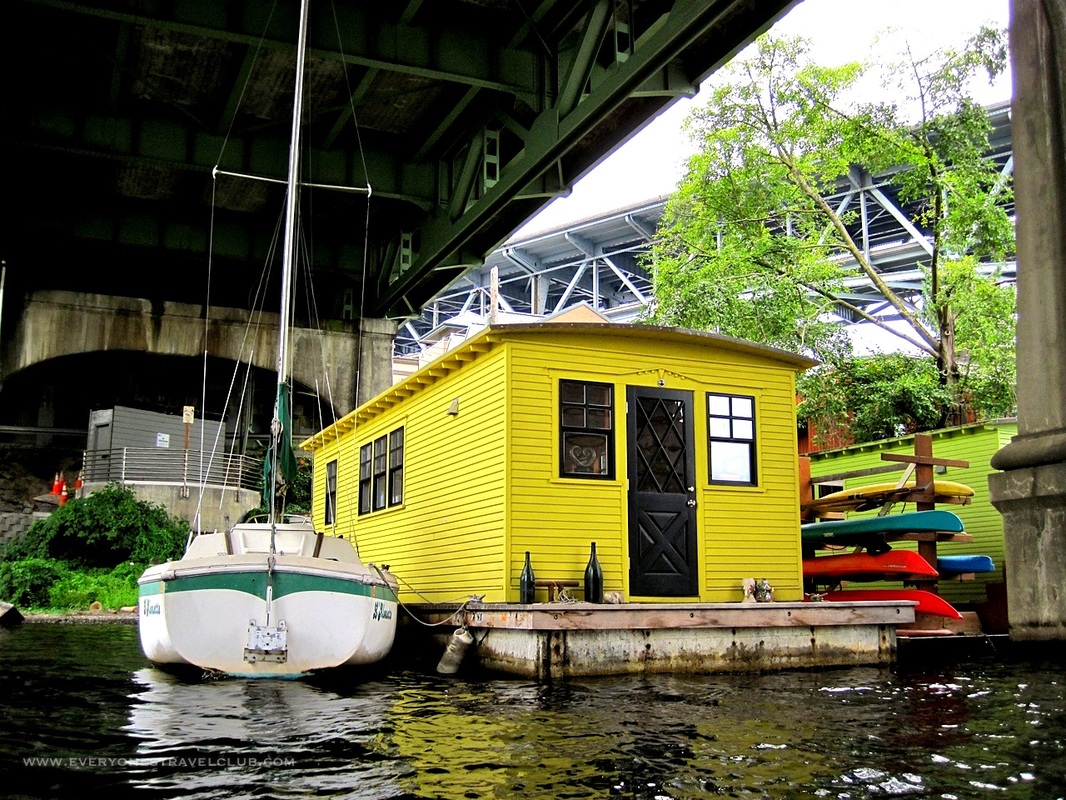
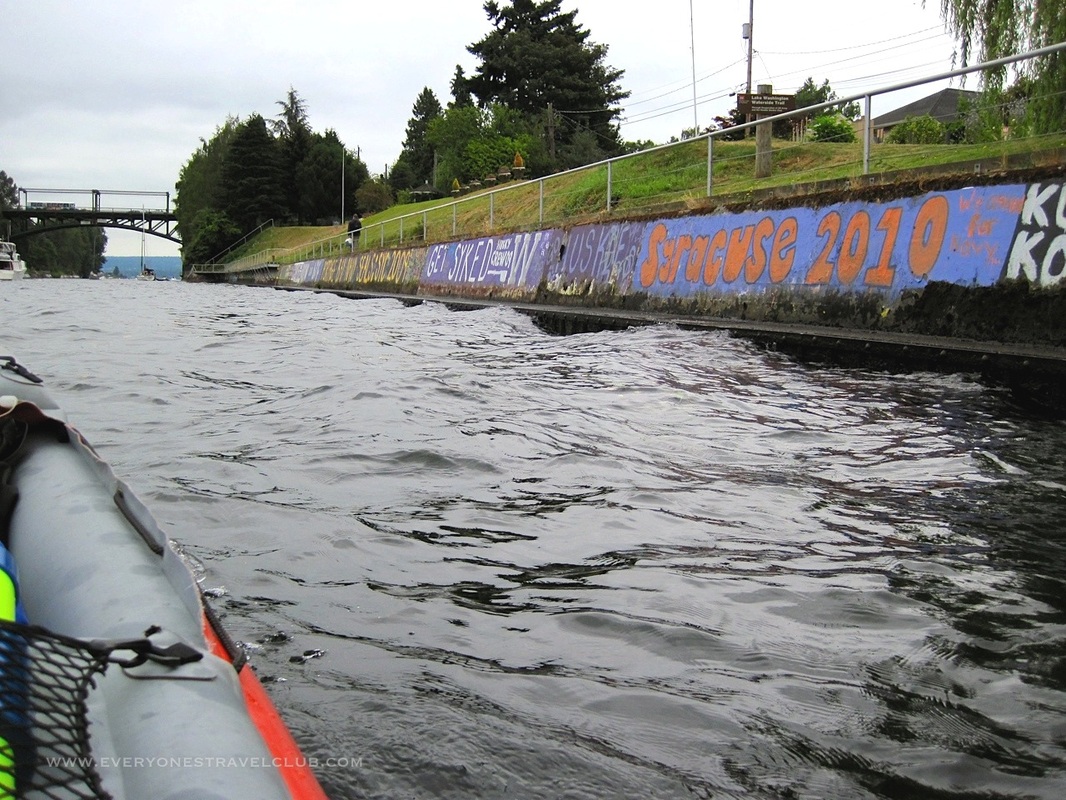
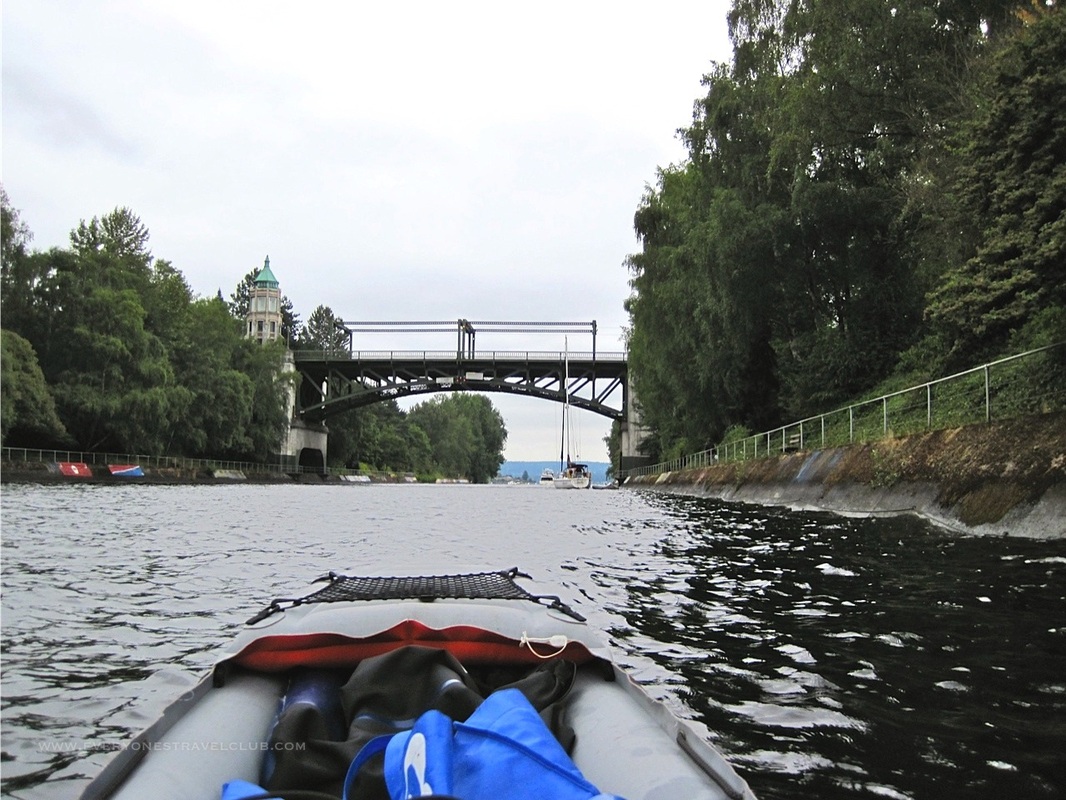
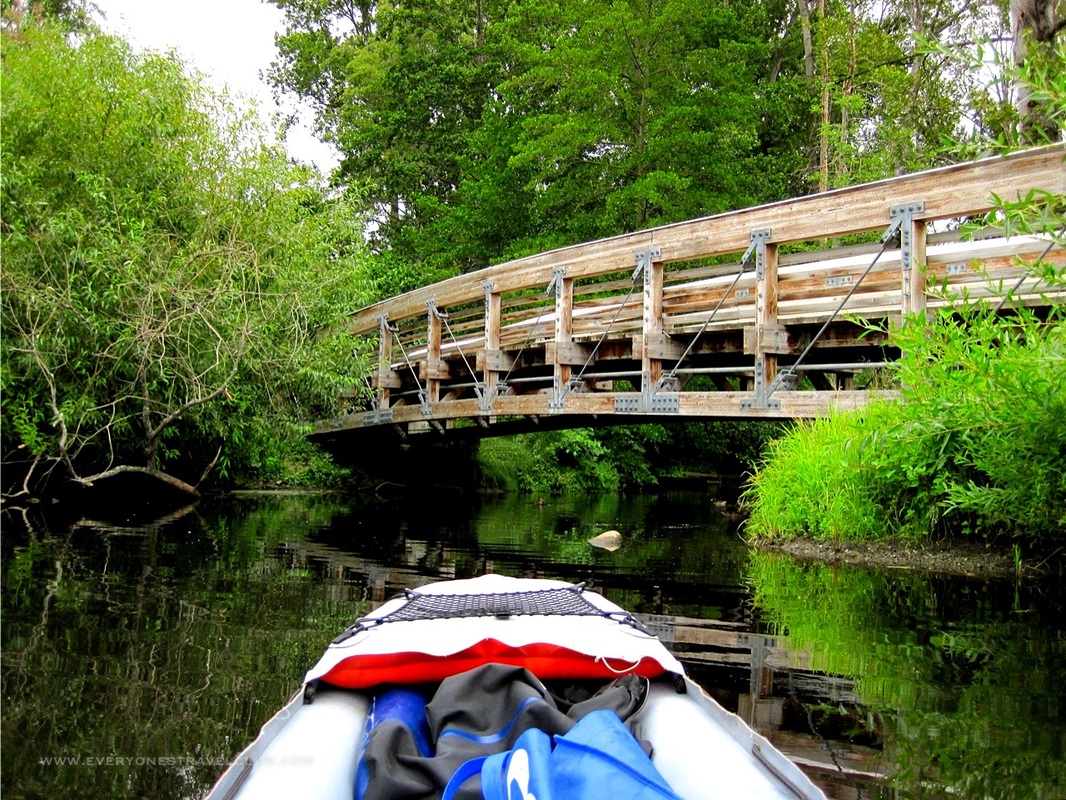
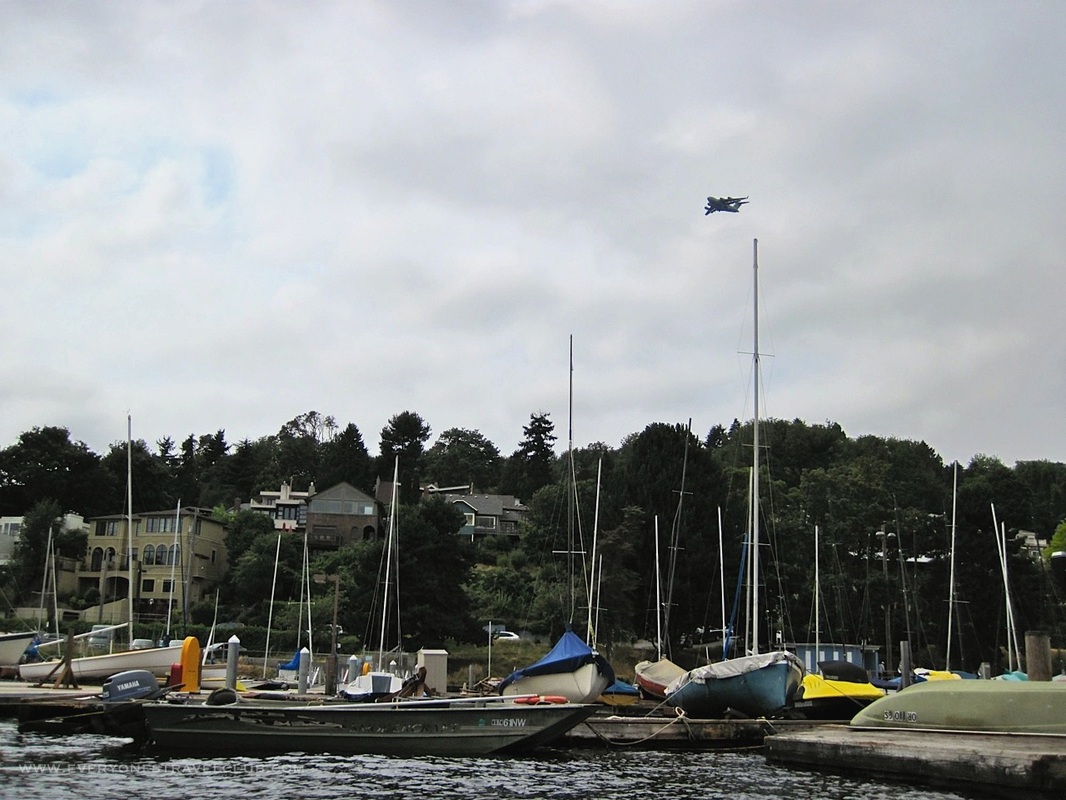

 RSS Feed
RSS Feed
